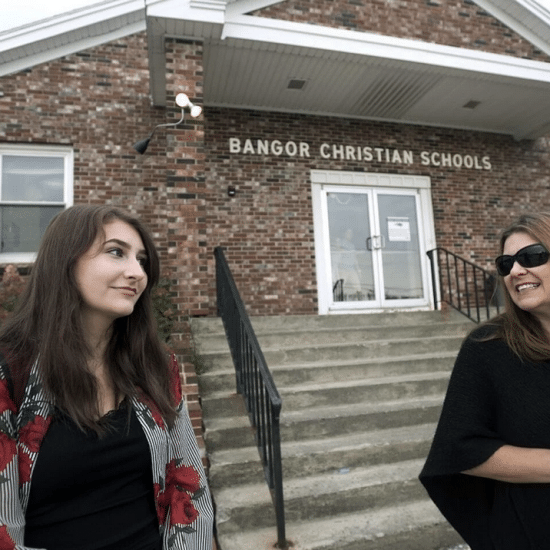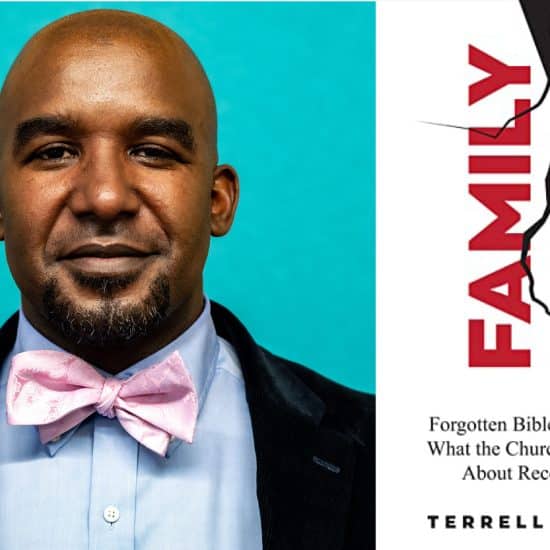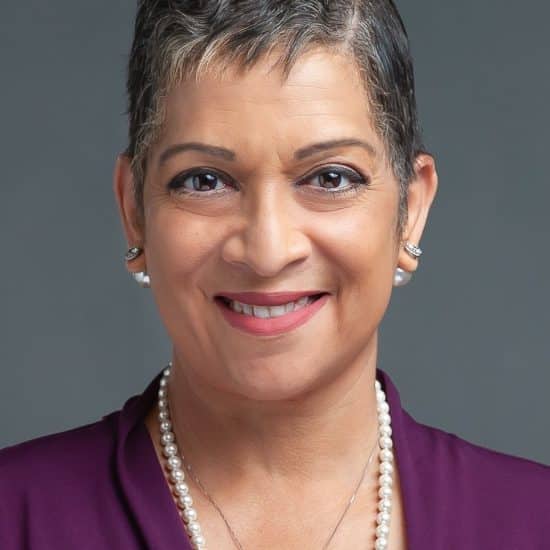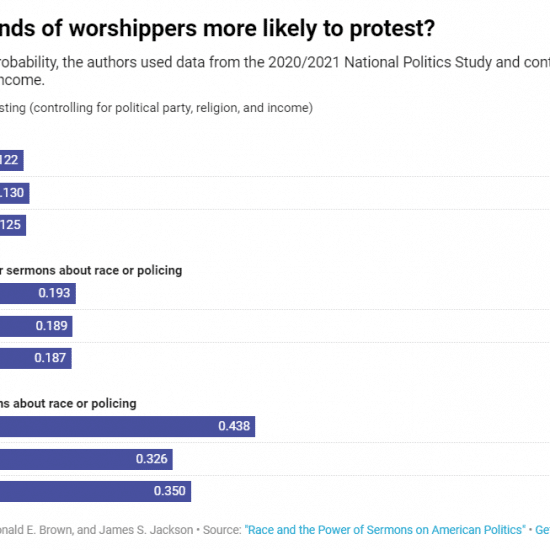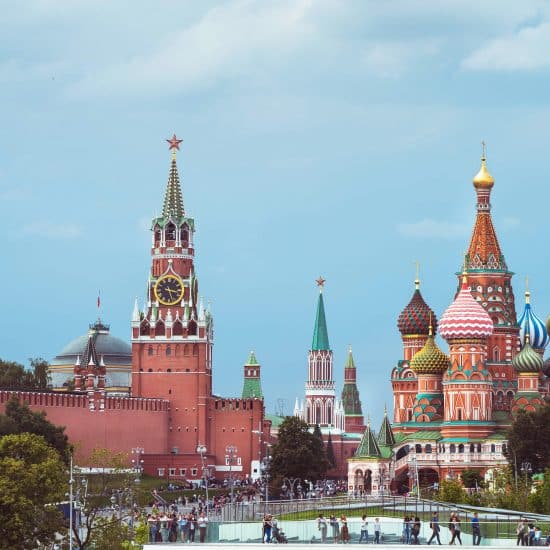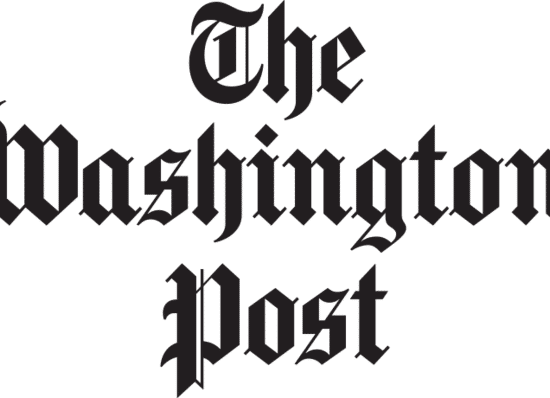RICHMOND, Va.—Responding to disasters with immediate and long-term assistance has become a well-established practice of American religious groups, including Baptists, who frequently are almost as visible following devastating earthquakes and hurricanes as the Federal Emergency Management Agency and the Red Cross.
Baptists have developed a sophisticated—and highly regarded—disaster response infrastructure federal and state governments could hardly live without.
But relief workers acknowledge the close working relationship between government and religious agencies may blur the lines of church-state separation, especially when the desperation of victims pushes such concerns to the back burner.
“There may be separation of church and state in government, but in a disaster, we all work together,” FEMA administrator Craig Fugate said.
Baptist disaster relief administrators say they strive to balance appropriate relations with government relief agencies with their commitment to church-state separation, and they work hard to avoid using federal or state funds to proselytize.
“Among both leaders and volunteers, there is a motive and desire to share faith with other people, and that should be a natural outcropping,” said Dean Miller, who coordinates disaster relief for the Baptist General Association of Virginia. “But for most religious organizations that are utilizing any type of federal or state funds, the response to the disaster comes first.”
Most American religious groups participate in Voluntary Organizations Active in Disaster, a coalition of nonprofits that respond to disasters as part of their overall mission. National VOAD includes as members the Cooperative Baptist Fellowship, the Southern Baptist Convention, American Baptist Churches in the USA and the National Baptist Convention, USA. Many Baptist state conventions, including those in Virginia and Texas, affiliate with state VOAD chapters. Mickey Caison, a disaster relief official at the SBC’s North American Mission Board, currently serves as president of VOAD’s 13-member board of directors.
VOAD aims to avoid wasteful duplication of disaster relief efforts and, following a disaster, communication between it and FEMA is a key component of the federal agency’s national response plan.
Last year, VOAD’s membership ratified a set of principles that promises, “Disaster response will not be used to further a particular political or religious perspective or cause.”
“VOAD’s values keep the issue (of church-state separation) on the table,” Miller said. “What I have witnessed at disaster sites, if there’s a prayer or some kind of spiritual sharing, it’s usually at the request of victims. They‘ve come over and said, ‘Will you have a prayer with me,’ or have asked why the volunteers are there. I don’t see any groups making disaster relief a quid pro quo for listening to a sermon or Bible study.”
Charles Ray, one of two disaster relief coordinators for the Cooperative Baptist Fellowship, said he reflects on the question each time the CBF gears up to respond to a disaster.
“One place that I differ with many of our partners is in the distribution of religious tracts during a disaster response,” said Ray. “We do not do it. It is not a question of who paid for the literature, but why are we there?”
Miller acknowledged there will always be “exceptions to the rule.” But he said careful guidelines for allocating federal funds help avoid the worst offenses. Religious groups receive reimbursement for food distribution units from the Red Cross, although the agency receives money from federal agencies, as well as private sources.
“I don’t know of religious groups getting funding directly from government,” Miller said.
Ray is convinced religious groups can maintain a robust neutrality in providing disaster relief, while at the same time accomplishing their mission.
“The beauty of disaster response is that we can leave our theological differences back at the church and find common ground in helping others,” he said. “We can also learn from each other. I am reminded of responding to a major event a few years ago and working beside a non-CBF group of Baptists. On Saturday, I asked the leader of the other group where they would be on Sunday. The quick answer was, ‘In God’s house.’ Then he asked me where we would be and I explained that we would be here helping the folks that had lost everything.
“Early Sunday morning as our team gathered to begin work, I was surprised to see the other group coming down the debris-covered road. I was brought to tears when the leader hugged me and said I had convinced him that this was God’s house. We had a prayer with the bewildered victims and went to work.”

